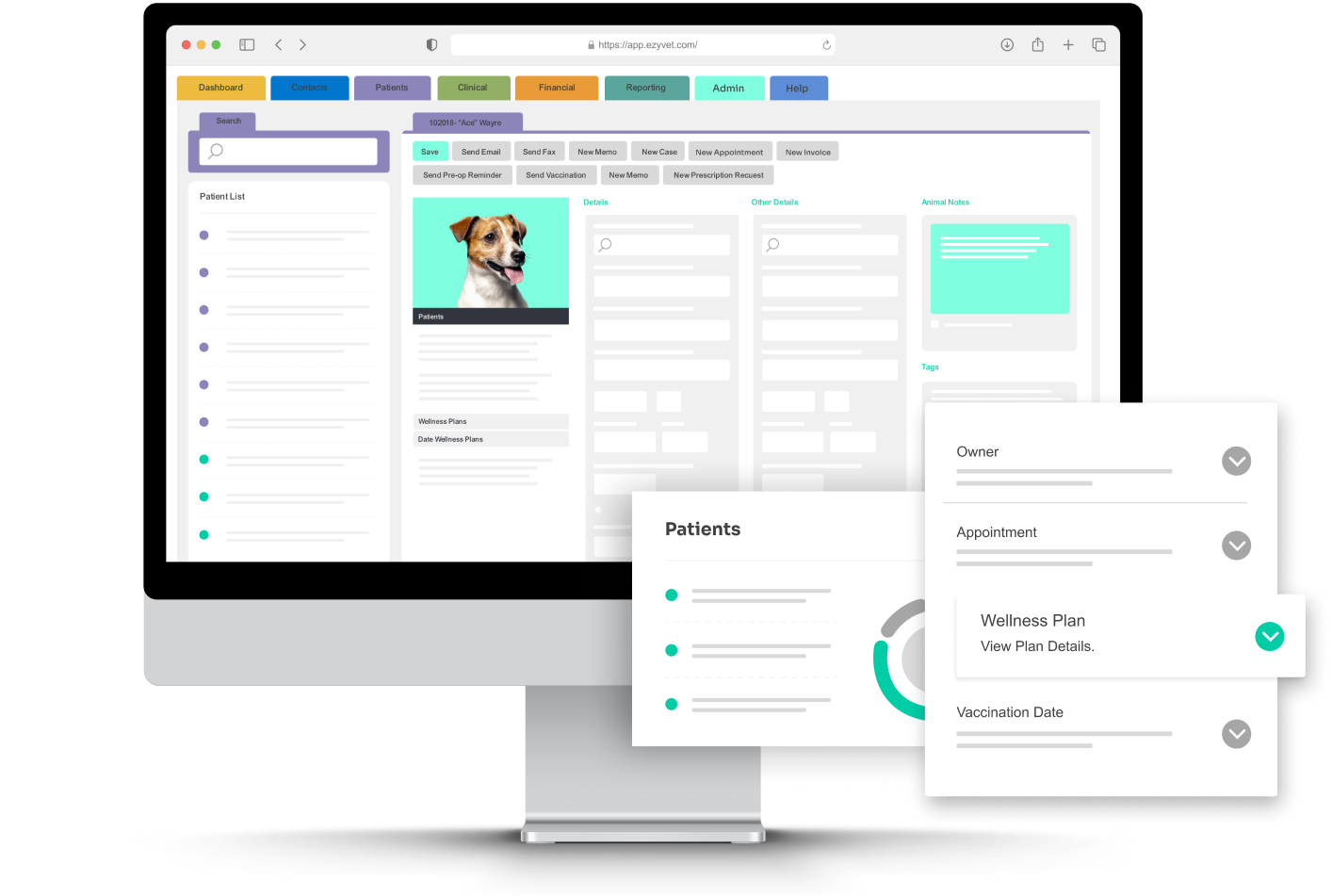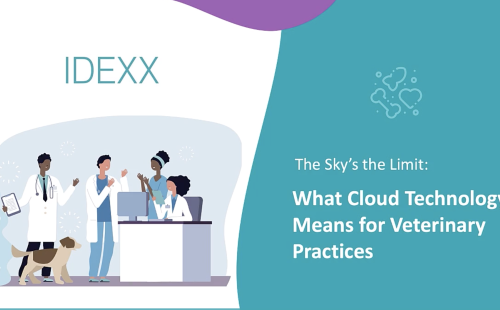Maximizing ROI: The True Value of Cloud-Based Veterinary Software

Choosing new veterinary software is a significant decision for a veterinary practice owner. Finding a new tool that improves profitability, operational efficiency, and patient care outcomes without dragging down the veterinary team can be challenging for the most seasoned leaders. Once you’ve chosen and implemented something new, how can you determine its impact?
Return on investment (ROI), can tell you if new software is worth what you paid, but measuring it isn’t always straightforward. Here’s how you can assess the true value of modern veterinary practice management software.
What is return on investment, and why does it matter for veterinary software?
ROI measures the profitability of your software investment relative to its cost. In veterinary practice, ROI accounts for monetary and non-monetary benefits such as workflow, patient care, and client satisfaction improvements. ROI provides valuable insights into your investments' performance and whether they are worth continued expenditure or effort.
Understanding ROI helps practice owners and veterinarians make informed decisions about where the hospital’s funds are best spent. A software upgrade might seem expensive at first glance, but it can save you money over time by helping you overhaul outdated systems and attract new clients.
ROI, KPIs, and metrics—Oh, my!
You can measure ROI in many ways, including tracking key performance indicators (KPIs) and other operational metrics against past performance and established benchmarks. Objective changes, such as client visits and average transactions, are easiest to track, while subjective measures are more elusive—but you’ll know them when you see them. Here are a few key areas of improvement you might see when implementing new software:
- Profitability and cost savings — Cloud-based software can improve operational efficiency by eliminating redundant tasks and using automation to streamline workflows.
- Client acquisition and retention — Digital communication tools improve the client experience and help pet owners feel connected to the practice. Better experiences lead to word-of-mouth referrals, expanded demographics, and enhanced client retention.
- Staffing and productivity — Software can facilitate administrative tasks, enabling team members to spend more time on high-quality patient care. Surveying team members and monitoring workloads may provide insights into how well the software works for them.
- Patient care quality — Software can indirectly impact pet healthcare delivery. For example, you may notice a streamlined clinical decision-making process or fewer roadblocks caused by poor inventory management. Consider areas where patient care could be improved and find ways to monitor progress.
- Team members’ well-being — Better software can make your team members’ jobs more manageable. Monitor turnover, call-outs, overtime, and disciplinary issues to measure how software impacts employees’ quality of life.
Tips for getting the most out of modern veterinary software
Maximizing ROI on new veterinary practice management software involves fully utilizing the program’s features and benefits. Here are some ways you can get the most out of your investment:
- Leverage data — Use software to dig deeper into metrics and KPIs by running extended reports and determining new ways to track performance. Cloud-based dashboards can organize your data in one place.
- Invest in training — Enlist your software company’s customer service team to provide structured training to the entire team. Learning the new software together ensures consistency and allows team members to design protocols that work for everyone.
- Collect feedback — Collect feedback from pet owners and team members to optimize front and back-of-house workflows and determine the software’s impact on the veterinary client experience.
Veterinary practice management software upgrades can boost veterinary clinic profitability, care quality, and efficiency. Tracking key performance indicators can show leaders the value of software and how it impacts patients, clients, team members, and hospital performance. When you pay attention to objective and subjective data, you can get the most from your software investment and unlock your practice’s full potential.
Want more content like this?
Sign up for The Connected Practice Newsletter




